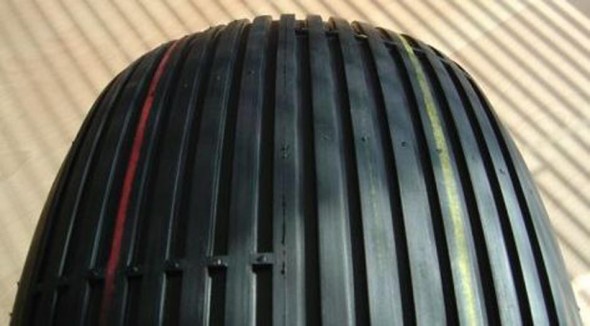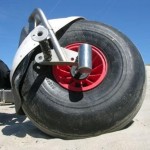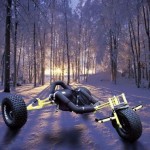The grooves are cut in the radial direction. We now know from experience that grooves are useful. On a smooth and / or wet surfaces make it clear that you get more grip. But how many grooves We apply a band and how they should be cut? Moreover, the question in which direction and how wide and deep they have to be cut.
Grooving serve mainly to obtain lateral grip. The grooves should not be cut in the axial direction (this is the direction of the axis). Grooving along these lines would be mainly cut rolling resistance and provide little help to lateral grip. Preferably grooves cut in the radial direction (this is the direction perpendicular to the axis). In this way they make it more lateral friction.
We make the groove straight or we bring them in for example a V-shape? Again, in practice the straight groove his work the best performing. The V-shape theory sounds interesting, but a relationship with V-grooves shown in the faster bends down to eat in the sand. Just straight is the best method. When it comes to the size it is shown that, to ensure that we seriously damage the tyre, a depth of about 2 to 3 millimeters and a width of about 5 mm works well.
And how wise is grooving? Not too much nor too little … If an IF is full with a minimum of five grooves that has been an excellent effect. Too many grooves ensures that much is absorbed by the sand belt (weight). An average of 5-9 per tyre is common and works well.



